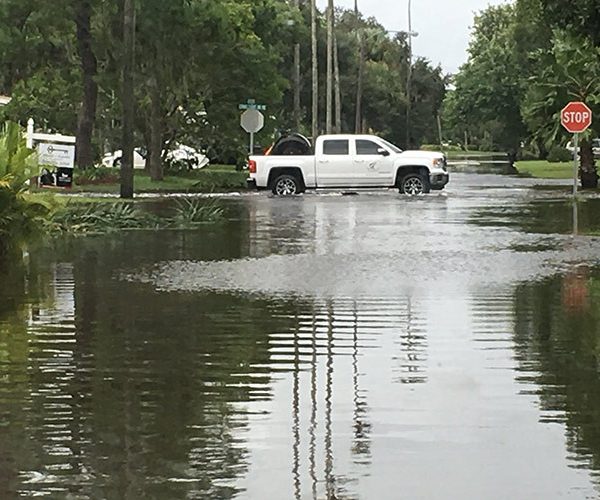Courtesy of iii.org Today marks one year when my car got flooded, I got stranded, and I learned a huge lesson: I call it my floodiversary. We keep a small saltwater tank, and to keep the tank healthy, it needs regular water changes. Before the Fourth of July weekend I decided to swing by the local fish store and pick up 5 gallons of water to replenish the tank. That way I could get the chores out of the way in order to relax and enjoy the rest of the holiday weekend. I got to the store in time and picked up a five-gallon industrial container. I put it in the back, put the hatch down and started the 30-minute trip home. About halfway there, I made a turn. That’s when the trouble started. The car began to lose power. Fortunately I was able to pull over. I tried to start the car. Nothing. A new car…why? Then it occurred to me: the %$@*& water. I went to the back, opened the hatch and sure enough, my trunk had about an inch of water gently sloshing back and forth. I started to …
Uncategorized
You and Gap Insurance
Courtesy of iii.org How gap insurance works When you buy or lease a new car or truck, the vehicle starts to depreciate in value the moment it leaves the car lot. In fact, most cars lose 20 percent of their value within a year. Standard auto insurance policies cover the depreciated value of a car—in other words, a standard policy pays the current market value of the vehicle at the time of a claim. If, when you finance the purchase of a new car and put down only a small deposit, in the early years of the vehicle's ownership the amount of the loan may exceed the market value of the vehicle itself. In the event of an accident in which you've badly damaged or totaled your car, gap insurance covers the difference between what a vehicle is currently worth (which your standard insurance will pay) and the amount you actually owe on it. When you might need gap insurance It’s a good idea to consider buying gap insurance for your new car or truck purchase if you: Made less than a 20 …
You and Gap Insurance
Courtesy of iii.org How gap insurance works When you buy or lease a new car or truck, the vehicle starts to depreciate in value the moment it leaves the car lot. In fact, most cars lose 20 percent of their value within a year. Standard auto insurance policies cover the depreciated value of a car—in other words, a standard policy pays the current market value of the vehicle at the time of a claim. If, when you finance the purchase of a new car and put down only a small deposit, in the early years of the vehicle's ownership the amount of the loan may exceed the market value of the vehicle itself. In the event of an accident in which you've badly damaged or totaled your car, gap insurance covers the difference between what a vehicle is currently worth (which your standard insurance will pay) and the amount you actually owe on it. When you might need gap insurance It’s a good idea to consider buying gap insurance for your new car or truck purchase if you: Made less than a 20 …
